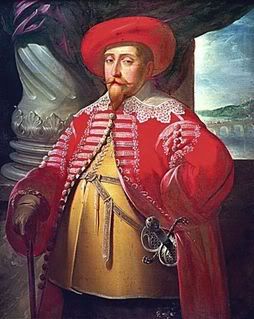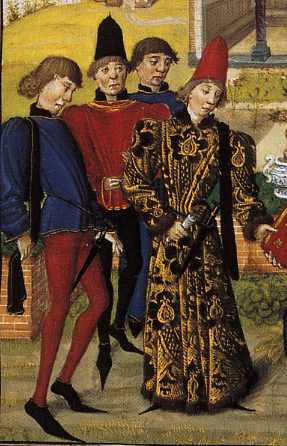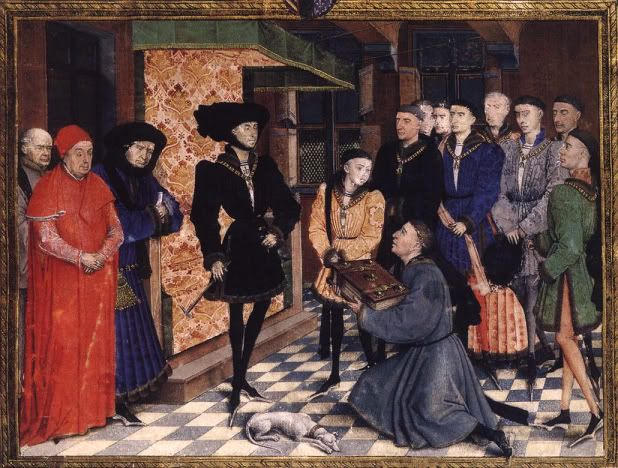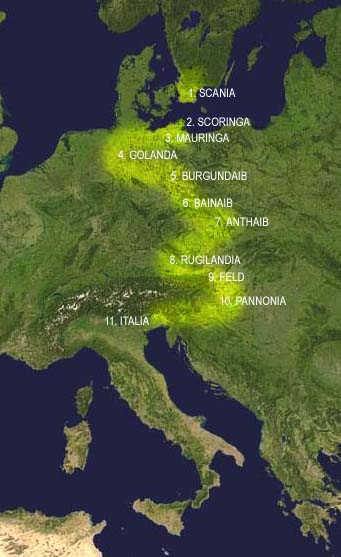Domen
Misico dux Vandalorum
I think you should check some historical demography handbooks.
I already did.
If cities had something like organized garbage removal and sewage. Which they generally didn't, until recent times.
Very often they did have it. Many of larger and more important Medieval cities even had sewage systems.
In Poland the capital city - Cracow - had a sewage system with mostly wooden and sometimes also ceramic pipes already in 1200s.
On the other hand, Warsaw did not have a proper sewage system until the 18th century, if I remember correctly.
So generalizations simply do not apply here. There were regional differences.
put the garbage can out.
Yes. And what did you think? That people were swimming in garbage inside their houses or when they wanted to get to the other side of the street?
They had cemeteries in the past - so they did have also rubbish dumbs.
In Rome they even had a separate rubbish dumb for broken pottery and separate one for other kinds of rubbish, IIRC.
They took a bath every day, cleaned their teeth and put the garbage can out.
Yes. If they couldn't take a bath at home, they were doing this in public baths. Not every day but each few days.
In Early Middle Ages - before introduction of public baths - also steam baths were popular in Scandinavia and in Slavic countries.
And in villages people had wooden washtubs (often large enough for 2 people) or they were taking a bath in nearby rivers or lakes.
If you don't know how is it possible to clean your teeth without a modern toothbrush, watch Bear Grylls' "Ultimate Survival".
This started in late medieval times, yes. (Hardly before.)
In Ancient times already.
Source?
Here:
http://historum.com/ancient-history/24362-cities-ancient-greece.html#post581281
Guaporense said:3 - High levels of productivity in agriculture: Ancient Greek agriculture reached very high levels of productivity. The heavy use of manure, the spacial division of crops, where grain, olives and grapes were cultivated in the relatively best soil and traded using the mediterranean sea as a transportation system, and the extensive use of metal tools enabled agricultural productivity to reach levels only again equaled in the 19th century in dry farming.
References are provided at the bottom of Guaporense's post.
Errr, no. Only rich peasants were able to produce for the market.
I have read in several books about "average Polish 15th to 16th century peasants" - not "rich" ones. And such peasants were able to produce for the market (during that time period). Of course most of them were not involved in exporting food via the Baltic Sea (this was done mainly by large landowners).
They were producing it for the local market (i.e. selling their surplus in the nearest town or city).
I'm sure that explains all the peasant revolts: taxes were low.
Reasons for peasant revolts were various, depending on a particular revolt.
Often those were religious reasons.
There were even such peasant revolts, which were actually AGAINST the abolition of feudalism...
The one doesn't go without the other: improved hygiene will show a drop in mortality rate - especially for children.
In my opinion the 19th century drop in mortality of children has to be attributed not to improved hygiene, but to more varied diet than in previous centuries and to improved medicine. Diet started to become more varied already earlier - with the beginning of European colonization of other continents.
But at first, varied diet was available only to rich people, because various plants brought to Europe were expensive initially.
For example potatoes were for a long time used as flowers, before it was discovered that they are good for eating.
average household couldn't possibly have consisted of 7 people, as it would apply the average household could sustain that number of people.
Children were investment for parents - the more children you had, the more pairs of hands and arms to work and to fight you had.
A family of 7 people including 2 parents and 5 children could sustain itself better than a family of 2 lonely and old parents.
The problem with children was high mortality ratio.
Average Medieval couple had even up to 9 children but only half of them could live long enough to come of age.
Also perinatal mortality ratio was very high - both for pregnant women and for their unborn or just born children.
In the 19th century perinatal mortality ratio considerably dropped with more childbirths being assisted by people with some medical knowledge.
Which basically has nothing to do with what was being discussed, being population prior to the population boom since 1800.
Nobody claims that Ancinet Galilee had a population density of 1000 people per km2 like modern Bangladesh (BTW how large is Galilee - how many km2?).
That being said, regions with population density of 50 - 100 or more per km2 could be found already in Ancient times and also later throughout centuries.
If you remove "sustained" that statement is correct.
If I don't remove "sustained" that statement is also correct because otherwise it would suggest that population in year 1700 AD was the same as in year 5000 BC - which is completely false, because population was already many times larger in 1700 AD than in 5000 BC.
The late medieval epidemics hit so hard, because population growth had been exceeding crop growth for a while already.
I agree - malnutrition caused that people were more vulnerable to disease. But not entire Europe was "hit so hard" by the Black Death:

Although that was perhaps also thanks to special measures applied by border guard of king Casimir III the Great.
Toiletries and cosmetics? Really?
I'm really surprised that you don't know this:
http://en.wikipedia.org/wiki/History_of_cosmetics
wikipedia said:The history of cosmetics spans at least 6000 years of human history, and almost every society on earth. Some argue that cosmetic body art was the earliest form of ritual in human culture, dating over 100,000 years ago from the African Middle Stone Age. The evidence for this comes in the form of utilised red mineral pigments (red ochre) including crayons associated with the emergence of Homo sapiens in Africa.[1][2][3][4]
Archaeological evidence of cosmetics certainly dates from ancient Egypt and Greece. According to one source,[5] early major developments include the use of castor oil in ancient Egypt as a protective balm and skin creams[disambiguation needed] made of beeswax, olive oil, and rosewater described by the Romans. The Ancient Greeks also used cosmetics.[6][7] Cosmetics are mentioned in the Old Testament—2 Kings 9:30 where Jezebel painted her eyelids—approximately 840 BC—and the book of Esther describes various beauty treatments as well. Cosmetics were also used in ancient Rome, although much of Roman literature suggests that it was frowned upon. It is known that some women in ancient Rome used various substances, including lead-based formulas, to whiten the skin, and kohl was used to line the eyes.[8]











 ).
).

 BTW - not all nations classified today as Southern Slavs, came to Balkan territory from the Danube River area.
BTW - not all nations classified today as Southern Slavs, came to Balkan territory from the Danube River area.



